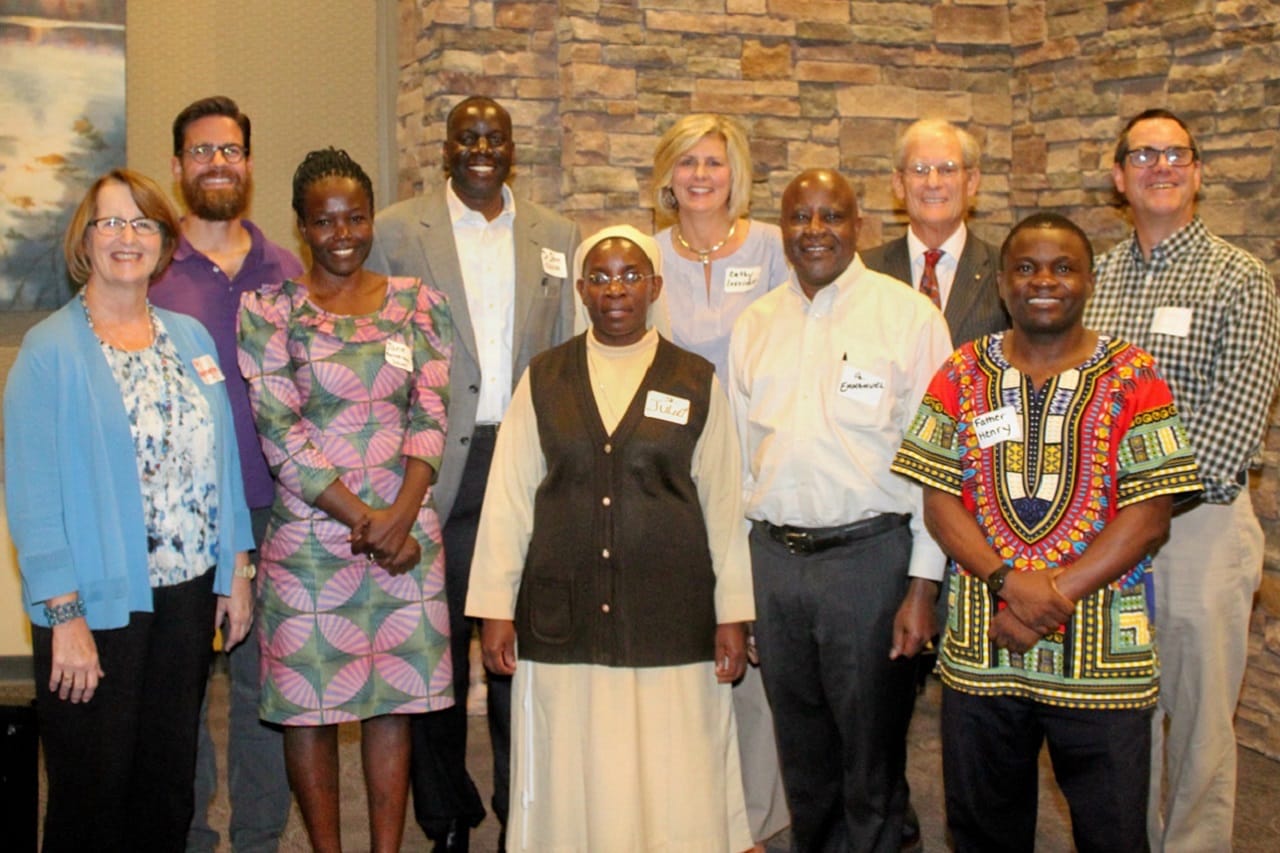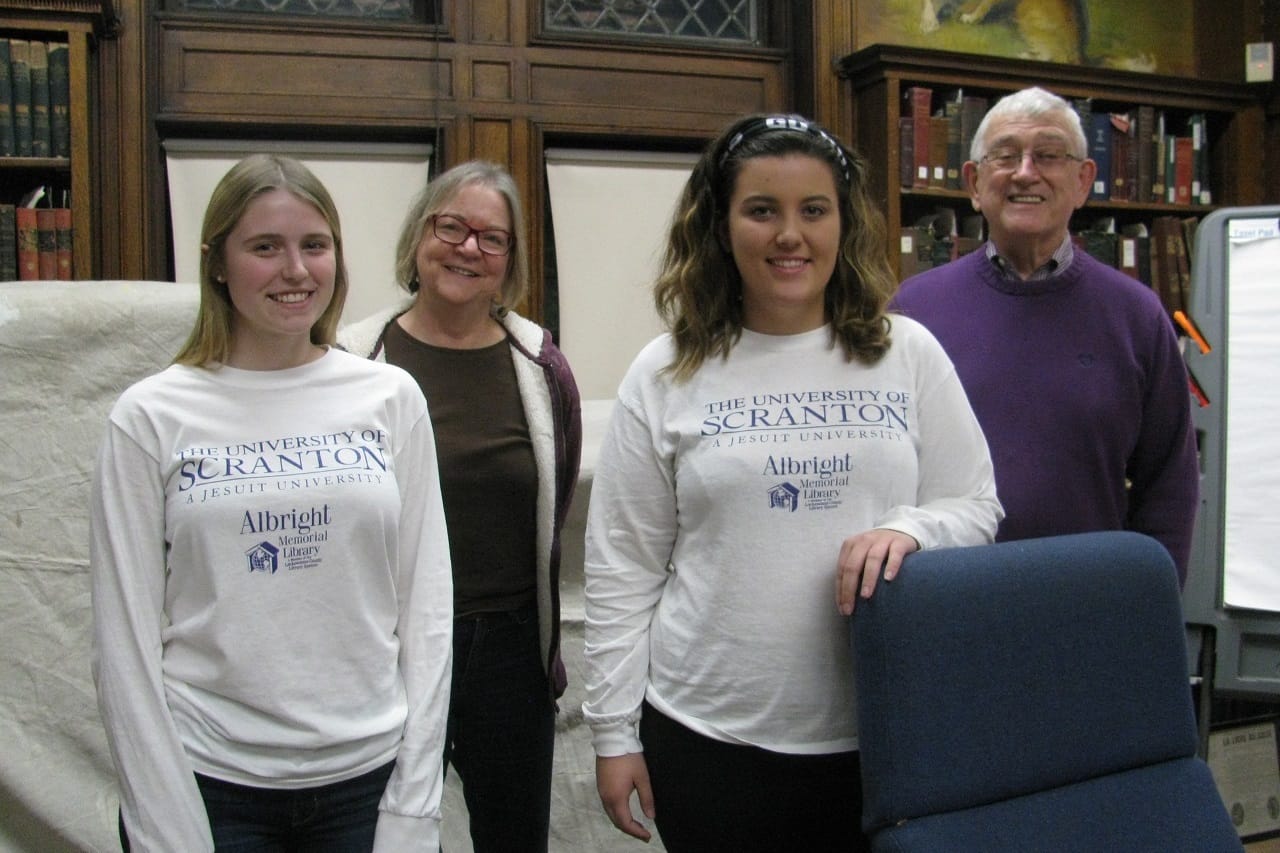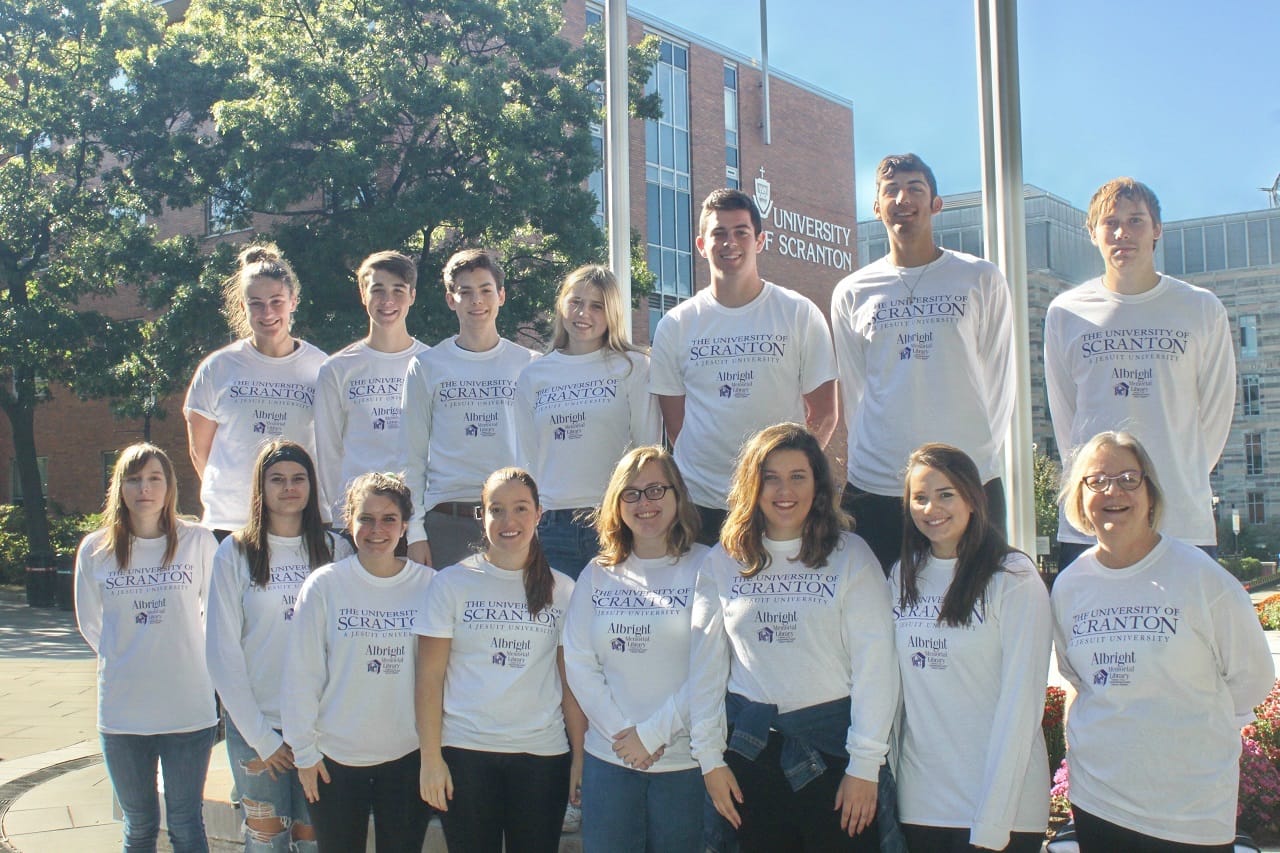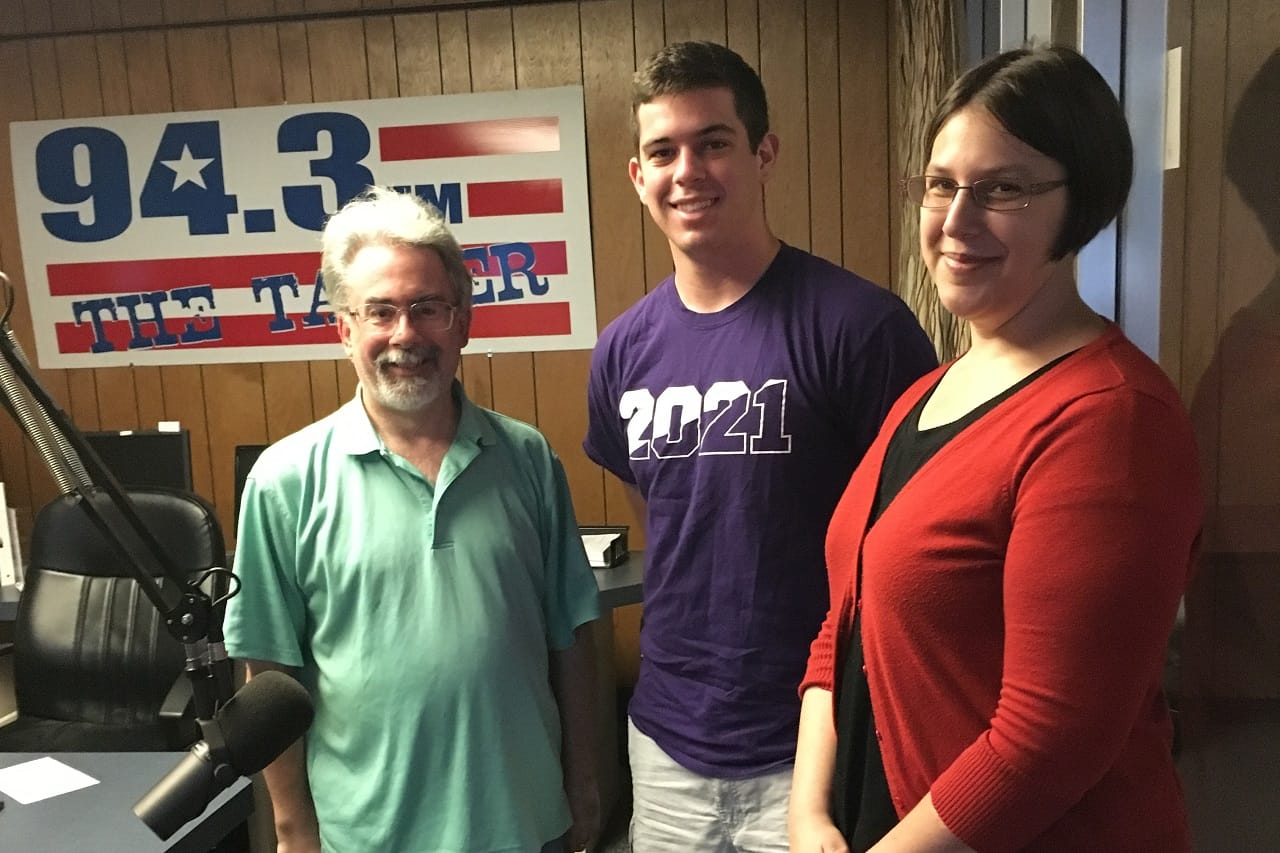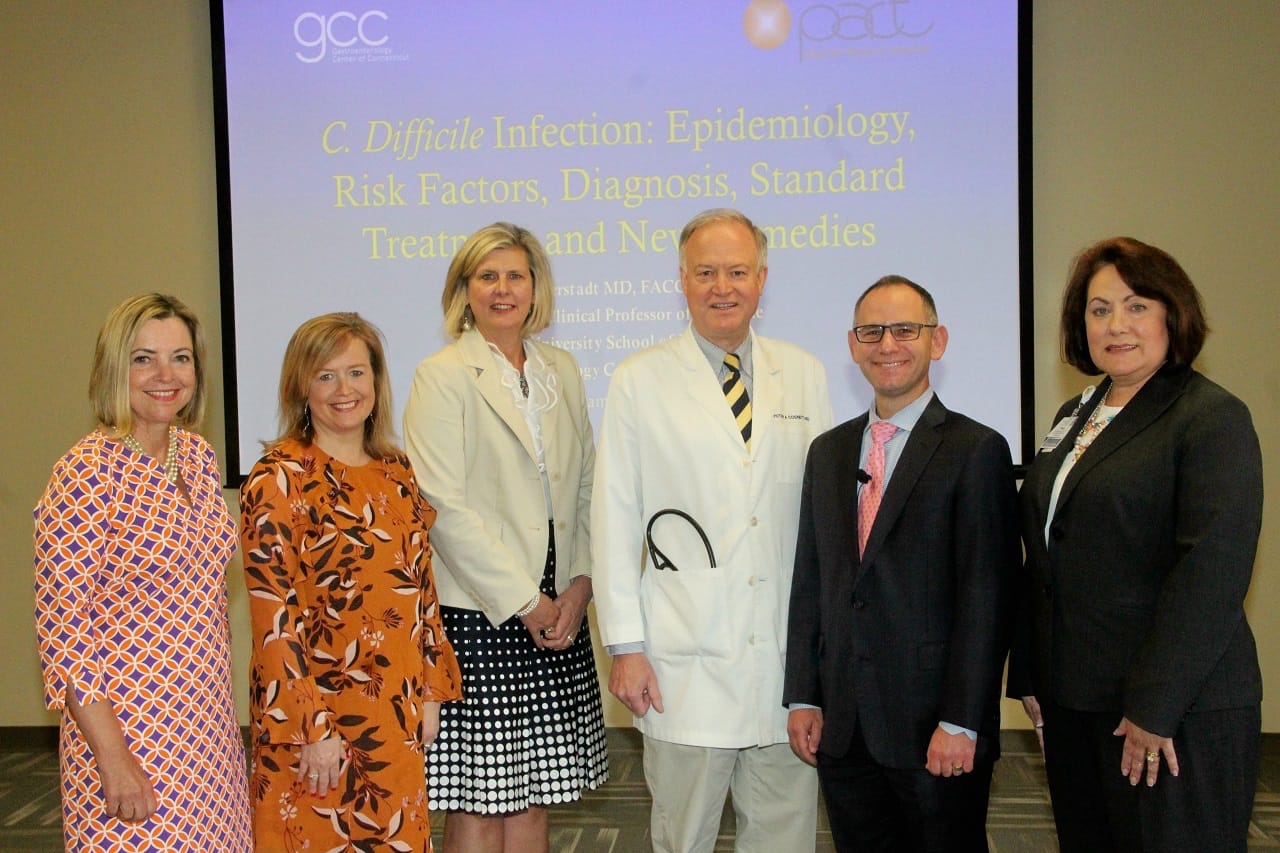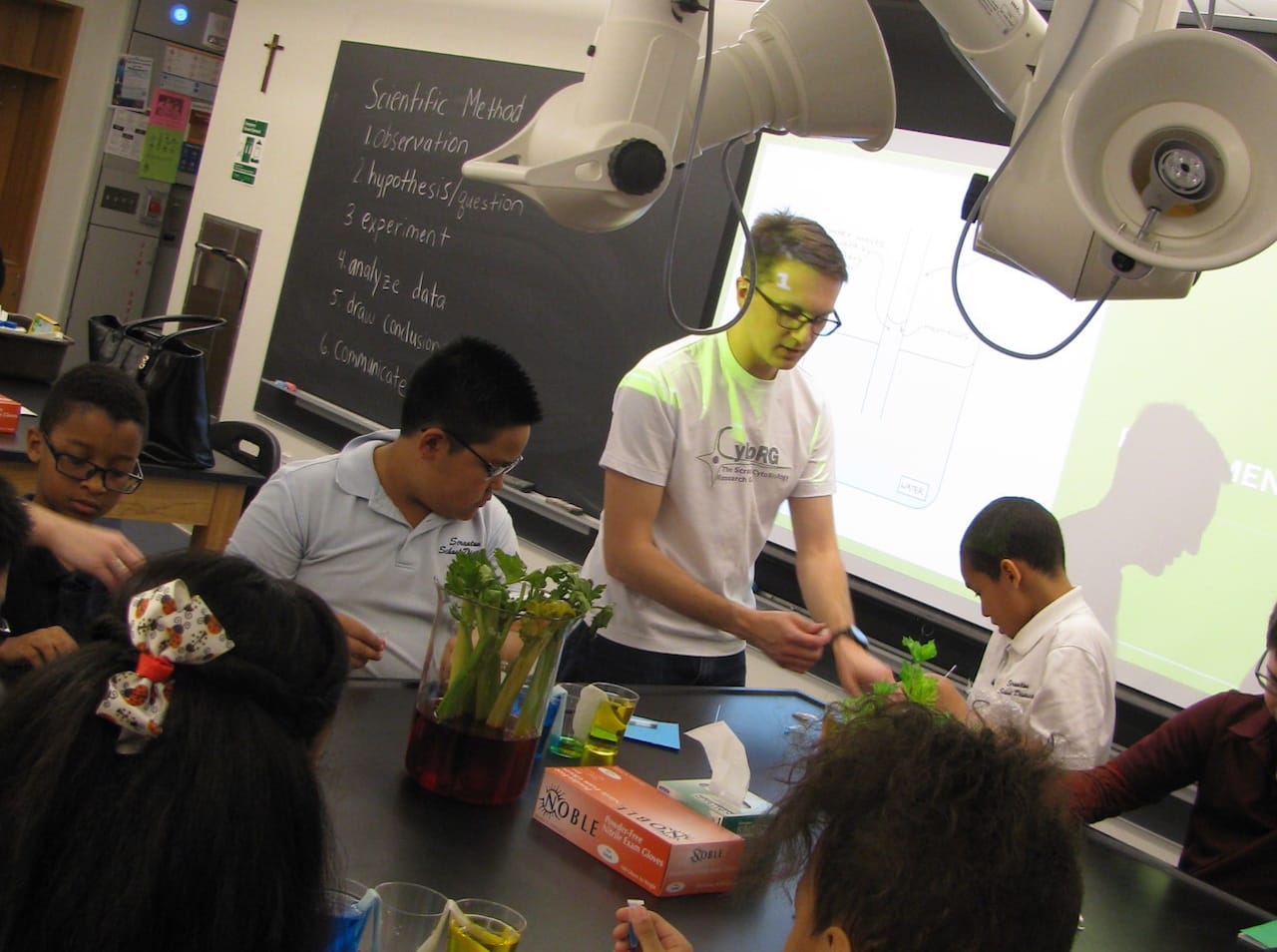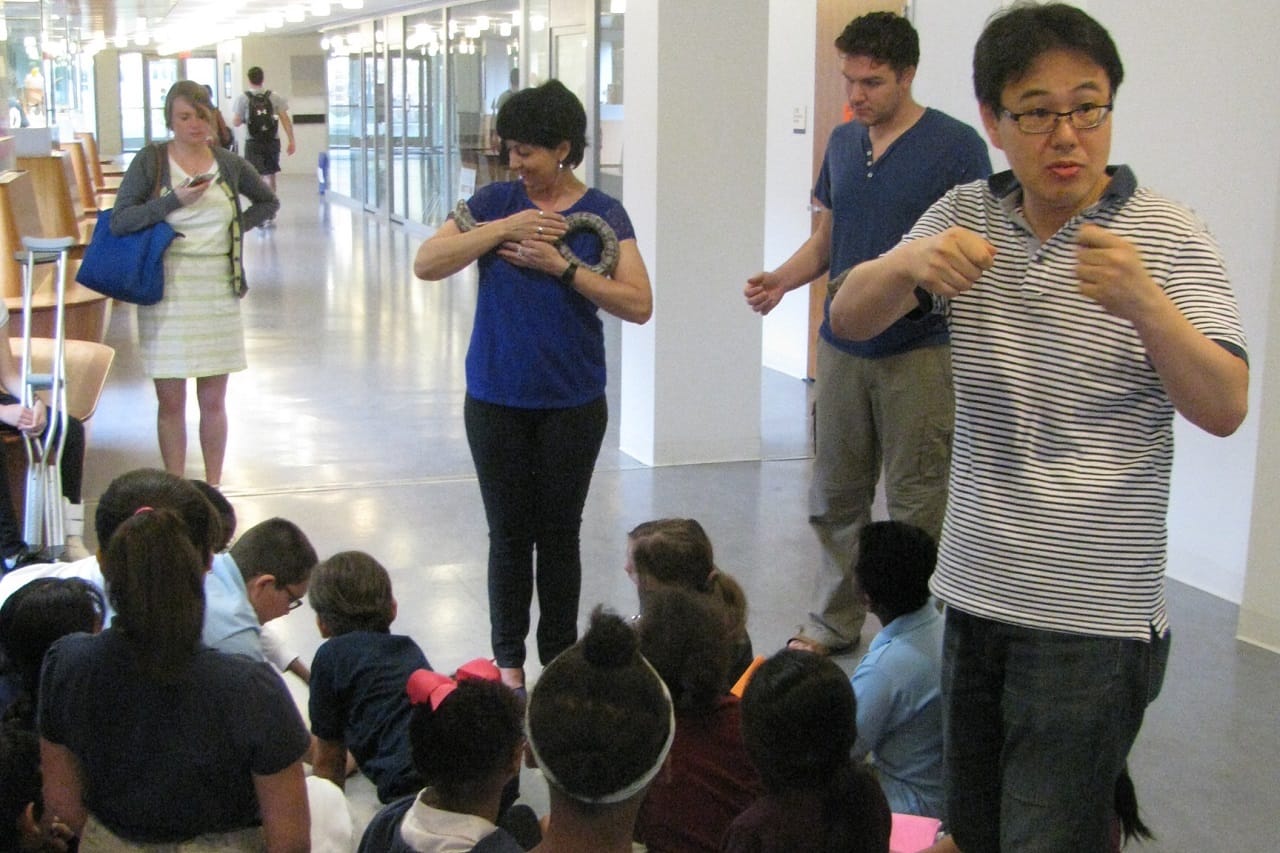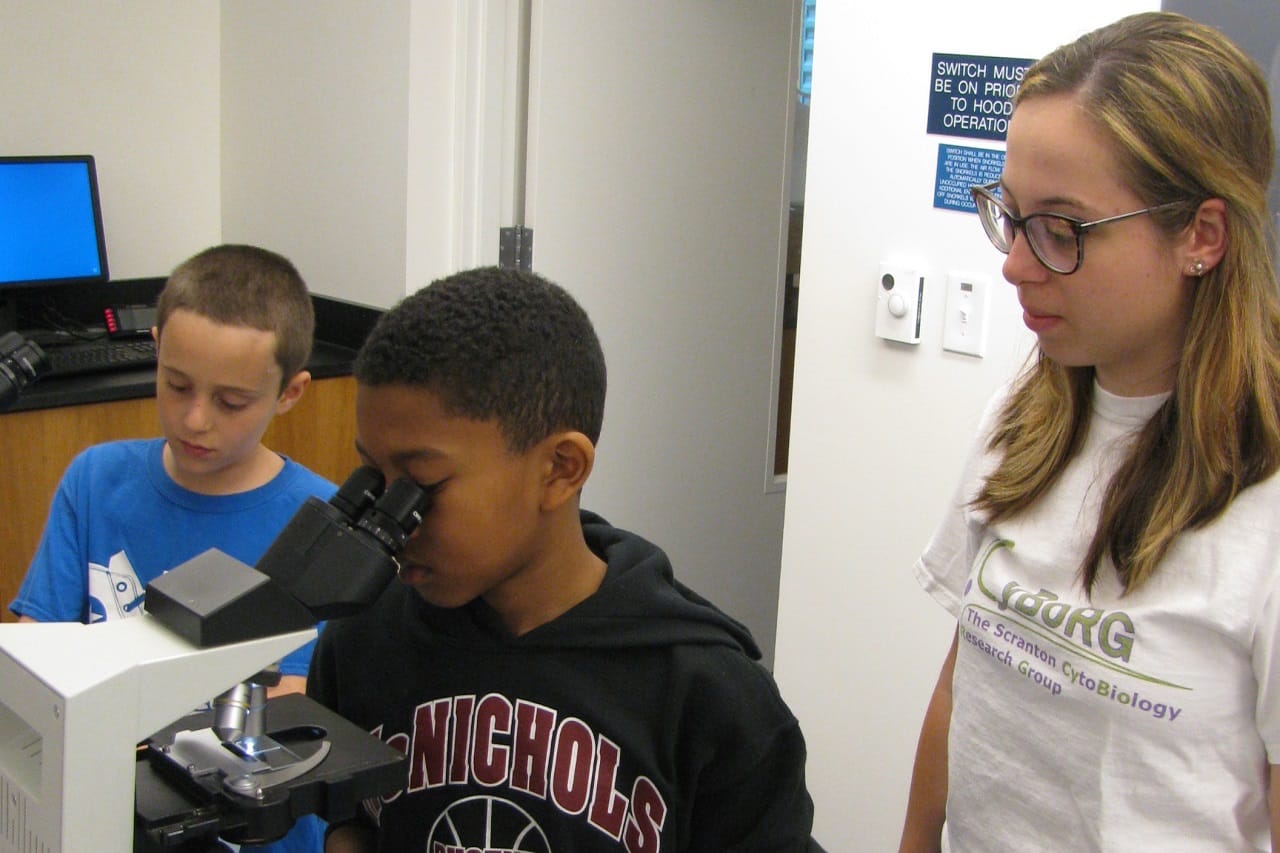Strategic Initiative Projects Gain Traction
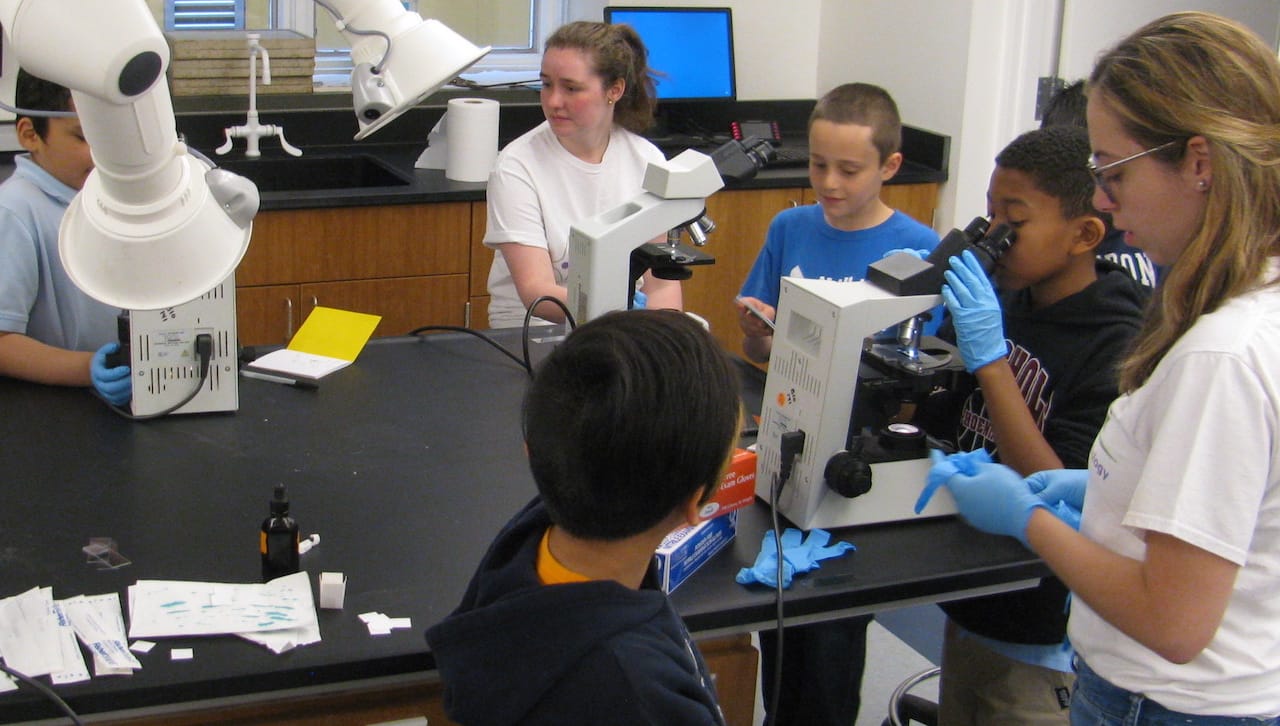
Projects supported through the University’s Strategic Initiatives Funding have brought students into the Scranton community and into communities across the globe.
The Strategic Initiatives Funding, which was made possible by cost savings and revenue generation realized through the Comprehensive Resource Review process, spearheaded by the Office of Finance and Administration, supports innovative projects – particularly those that that will have a substantial, positive impact on the student experience – that advance the goals of the Strategic Plan: an Engaged, Integrated and Global Student Experience.
“The diversity of programs funded through the Strategic Initiatives process was impressive, but even more compelling is the breadth of their impact to our campus community and indeed to so many others in the local region and beyond. These projects truly exemplify the spirit of our University’s Strategic Plan,” said Kate Yerkes, assistant vice provost for planning and institutional effectiveness.
STEAM (Science, Technology, Art, Engineering and Math) Activities for School/Community Groups was among the 14 projects that received support during the 2017-18 academic year. Through the project, University faculty, staff and students offered STEAM related activities to students within the Scranton School District, as well as other area schools and community groups. During the 2017-18 academic year, activities included several Art Workshops; two in-school Science Assemblies; three STEAM-related field trips to campus for more than 120 students from the University’s Scranton School District partner school, McNichols Plaza Elementary; and four workshops provided by College of Arts Sciences faculty and students for United Neighborhood Center’s Leaders in Training students. George Gomez, Ph.D., associate professor of biology, Declan Mulhall, Ph.D., professor of physics/electrical engineering, Janice Voltzow, Ph.D., professor of biology, and Darlene Miller-Lanning, Ph.D., director of the Hope Horn Gallery, in addition to other staff and faculty partners, provided content for the program during the academic year.
Through another project, students facilitated group discussions at libraries throughout Lackawanna County about the book Pulitzer Prize-winning book Gilead as part of the city’s Scranton Reads program. The project was part of the first-year seminar course “Latest and Greatest. Prize-winning Fiction, Poetry and Theatre” taught by English and theatre professor Rebecca Beal, Ph.D.
The funding also supported the growth of an existing academic practice partnership between University of Scranton Nursing and three local community hospitals. The Clinical Liaison Nurse (CLN) model pairs undergraduate nursing students and University faculty with hospital staff nurses to develop clinical skills at the bedside. This year, 42 clinical liaison nurses were involved and 434 student rotations were facilitated with the hospitals. The CLN partnership hosted a spring lecture by Paul Feuerstadt, M.D., attending gastroenterologist and assistant clinical professor of medicine at Yale University, at which he discussed “C. difficile Infection: Epidemiology, Risk Factors, Diagnosis, Standard Treatment and New Remedies” to CLN Model partners at Regional Hospital of Scranton. In May, faculty conducted assessment of students’ perceptions across four domains of their clinical learning environment and found high scores, as well as evidence of structural empowerment. In addition, faculty had an article regarding research in this area accepted by the Journal of Nursing Measurement. Sharon Hudacek, Ed.D., professor of nursing, Mary Jane DiMattio, Ph.D., associate professor of nursing, and Catherine Lovecchio, Ph.D., associate professor and chair of the Nursing Department, supported this project.
Uganda Conference and Intersession Courses, an international and interdisciplinary initiative, was another project that received support during the 2017-18 academic year. The project included a visit to Uganda by 17 students and faculty at which several faculty members in the sciences and healthcare lectured at Bwindi Community Hospital, which has a Memorandum of Understanding with the University. The project also supported site visits by faculty to develop international internships and a cross-disciplinary conference on campus that featured speakers from Uganda, who addressed topics such as counseling, nursing and health care. Charles Pinches, Ph.D., professor of theology/religious studies, Dr. Lovecchio and Cyrus Olsen, Ph.D., associate professor of theology/religious studies, collaborated for this initiative.
In total, 14 projects during the 2017-18 academic year received more than $250,000 in support from the University’s 2016-17 Strategic Initiatives Fund.
The University is currently reviewing proposals for the 2018-2019 strategic initiatives funding cycle. Awardees will be announced later this summer.
During the 2017-18 academic year, 14 projects received more than $250,000 in support from the University’s 2016-17 Strategic Initiatives Fund. The innovative projects, selected for their potential to have a substantial, positive impact on the student experience, brought students into the Scranton community as well as into communities across the globe.


